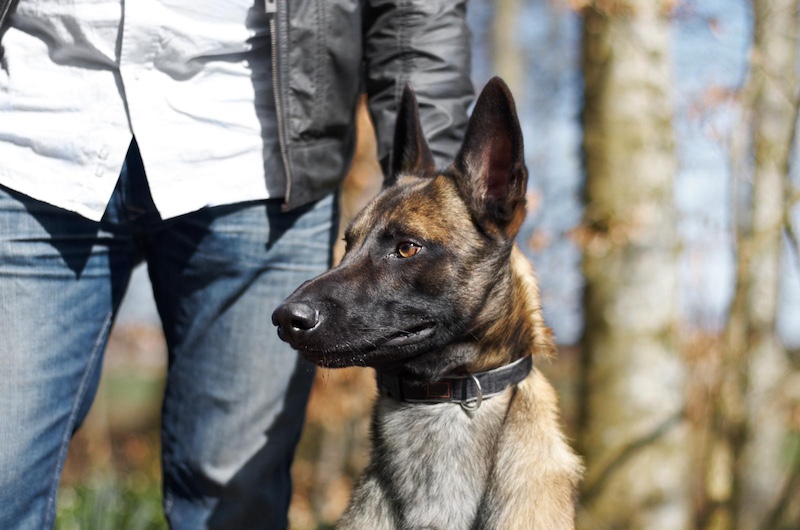Dogs are known for their incredible sensory abilities, which make them such fascinating and endearing companions. From their acute sense of smell to their ability to hear sounds that humans can’t, dogs experience the world in ways that are vastly different from us. Here are ten fun facts about dog senses that highlight just how extraordinary our canine friends are.
1. A Superior Sense of Smell

Dogs have an extraordinary sense of smell, which is up to 100,000 times more sensitive than humans. This incredible ability is due to the 300 million olfactory receptors in their noses, compared to a mere 6 million in humans. This makes dogs excellent at tasks like tracking scents, detecting drugs or explosives, and even identifying medical conditions such as diabetes or cancer.
2. Unique Nose Prints

Just like human fingerprints, each dog’s nose print is unique. The ridges and creases on a dog’s nose form a distinct pattern that can be used for identification. Some organizations even keep records of nose prints as a form of identification, similar to microchipping.
3. Canine Color Vision

Contrary to the old belief that dogs see in black and white, they actually see in color, although not as vividly as humans. Dogs are dichromatic, meaning they see two primary colors: blue and yellow. This means they perceive the world in shades of blue, yellow, and gray, which is quite different from the trichromatic vision of humans, who see a full spectrum of colors.
4. Remarkable Hearing

Dogs can hear sounds at much higher frequencies than humans. While the average human hearing range is between 20 Hz to 20,000 Hz, dogs can hear frequencies ranging from 40 Hz to 60,000 Hz. This heightened sense of hearing allows them to detect the faintest of sounds, making them excellent watchdogs and hunting companions.
5. Whisker Sensitivity

A dog’s whiskers, or vibrissae, are not just for show. These specialized hairs are highly sensitive to touch and can detect even the slightest changes in air currents. This ability helps dogs navigate their surroundings, especially in the dark, and sense nearby objects or animals.
6. Taste Buds and Preferences

Dogs have around 1,700 taste buds, compared to humans who have about 9,000. Despite having fewer taste buds, dogs still have preferences for certain flavors. They are particularly drawn to sweet and savory tastes, which is why many dog treats are flavored with meats and other high-protein ingredients.
7. Incredible Sense of Direction

Dogs have an impressive sense of direction, which scientists believe is partly due to their ability to sense the Earth’s magnetic field. This skill, combined with their acute sense of smell, allows them to find their way home over long distances, a phenomenon often referred to as “homing” behavior.
8. Pheromone Detection

Dogs have a specialized organ called the vomeronasal organ, or Jacobson’s organ, which allows them to detect pheromones. Pheromones are chemical signals emitted by other animals that can convey information about identity, reproductive status, and emotional state. This ability helps dogs communicate and understand each other on a level beyond our comprehension.
9. Seeing in the Dark

While dogs don’t have night vision, they do see better in low light conditions than humans. This is due to a higher number of rod cells in their retinas, which are more sensitive to dim light. Additionally, dogs have a reflective layer behind their retinas called the tapetum lucidum, which enhances their night vision by reflecting light back through the retina.
10. Sensing Emotions

Dogs are incredibly attuned to human emotions, often sensing our feelings before we even express them. They can pick up on subtle changes in our body language, tone of voice, and even our scent, allowing them to respond to our emotional states with remarkable empathy. This makes dogs excellent companions and therapy animals.

